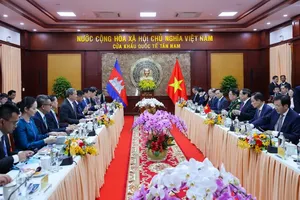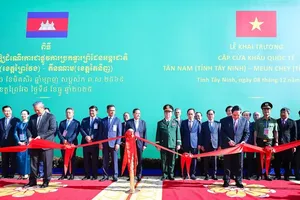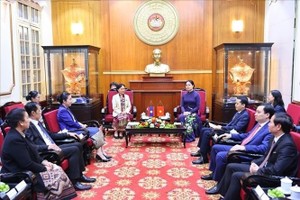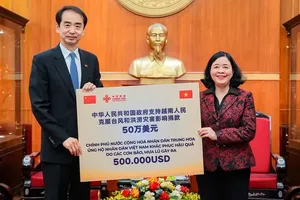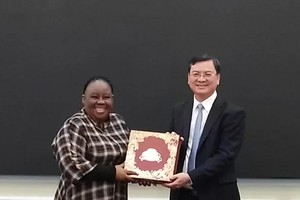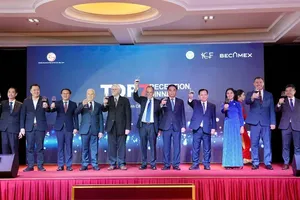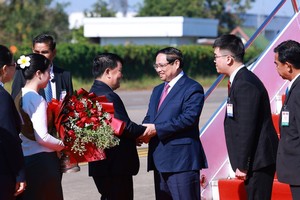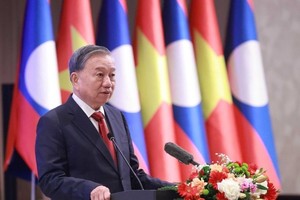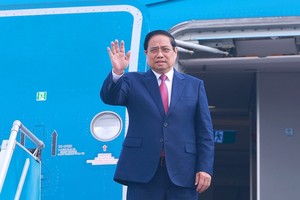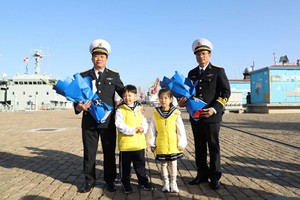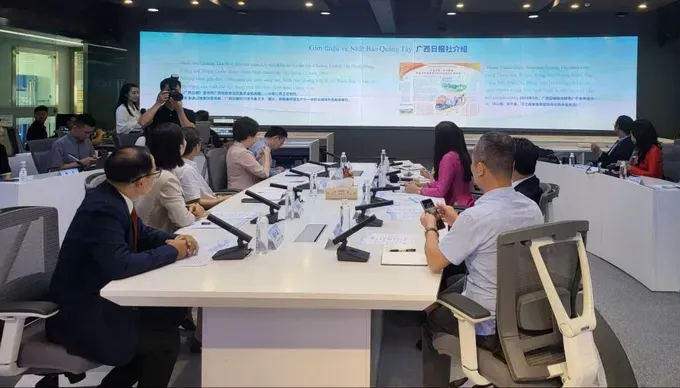
Nanning – Green city
Greeting the delegation of major Vietnamese journalists at Wuxu Airport was Li Qiu Yue, a Chinese postgraduate student who has been mastering the Vietnamese language for seven years. The journey from the airport to downtown Nanning was a blur along a smooth, ten-lane expressway with a speed limit of 120 km/hour. Both sides of the highway were flanked by dense greenbelts, like continuous forests stretching all the way to the city’s heart.
Many members of the delegation had braced themselves for the typical inner-city landscape of reinforced concrete and congested traffic. But when Yue announced, “We entered the city center five minutes ago”, these members were taken aback. The scenery had barely changed. They were still on a wide, multi-lane road, still lined with lush greenery. The only difference was the addition of a dedicated lane for two-wheeled vehicles and tall buildings peeking out from behind the tree canopies.
Nanning is rightfully known as “The Green City”, a title that holds true both literally and figuratively. There is vibrant foliage everywhere. Each patch of open land is filled with ancient trees, ornamental plants, and flowers.
The delegation spent two days visiting eight different sites in Nanning, all of which shared a common feature of technology and sustainability. This green ethos extends to the streets, where the noise of traffic is noticeably subdued. Electric vehicles are the preferred mode of personal transport, with nearly 40 percent of cars and a staggering 99 percent of motorbikes being electric.
Even the headquarters of Guangxi Daily Newspaper is nestled under a canopy of trees, creating a quiet, airy campus. Inside, a sense of history blends seamlessly with a modern, high-tech atmosphere. Towering digital screens display interactive content about the publication’s work and Guangxi’s development.
Editor-in-Chief Liu Kun explained that the newspaper is aggressively integrating AI into its entire workflow, ranging from scripting and content creation to editing and video production. With a staff of 1,600, including around 100 IT engineers, the paper distributes over 300,000 print copies daily across multiple digital platforms.
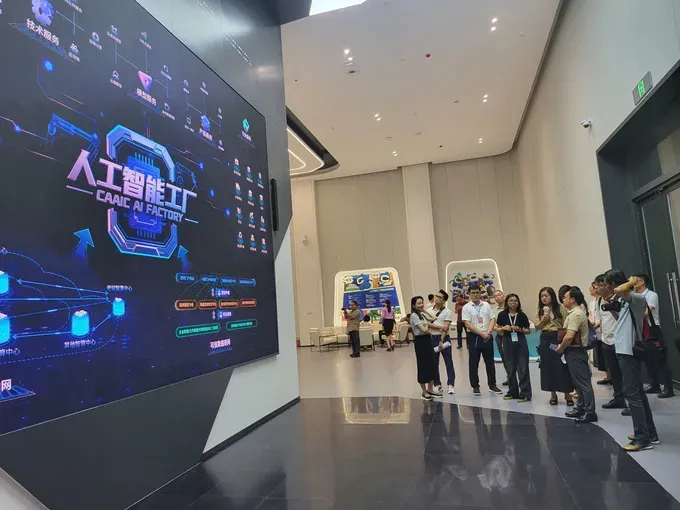
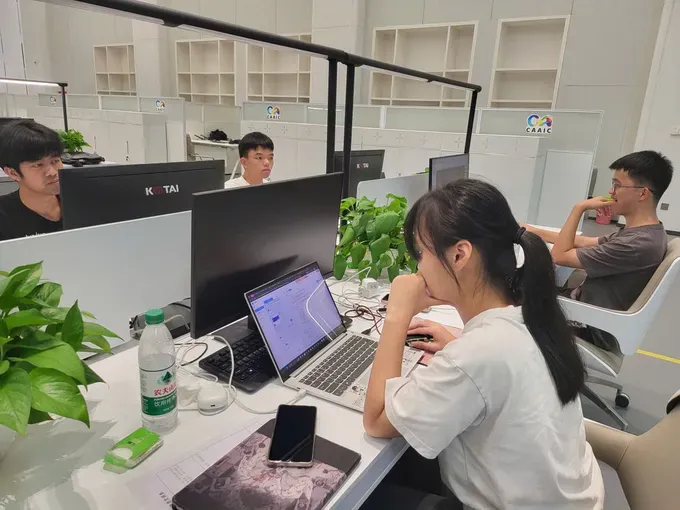
Sustainable development in flow of integration
Guangxi’s ambition extends far beyond its capital. To realize its goal of building an “AI industrial highland” geared towards ASEAN, China has established the China-ASEAN AI Cooperation Center in Nanning. The center is designed to be an incubator for AI enterprises, offering aids to enterprises or groups with foreign investment to be headquartered here. It also provides support with everything from data governance and model development to infrastructure and talent acquisition.
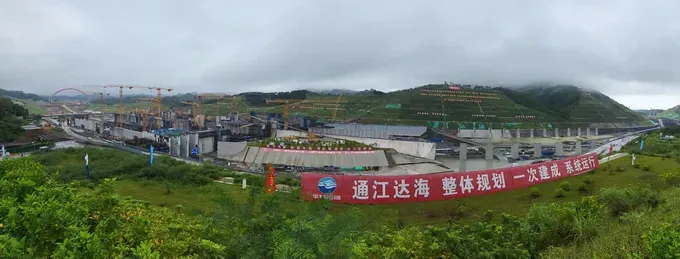
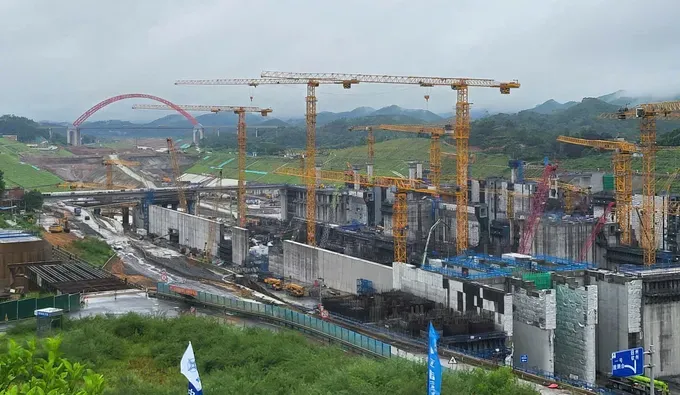
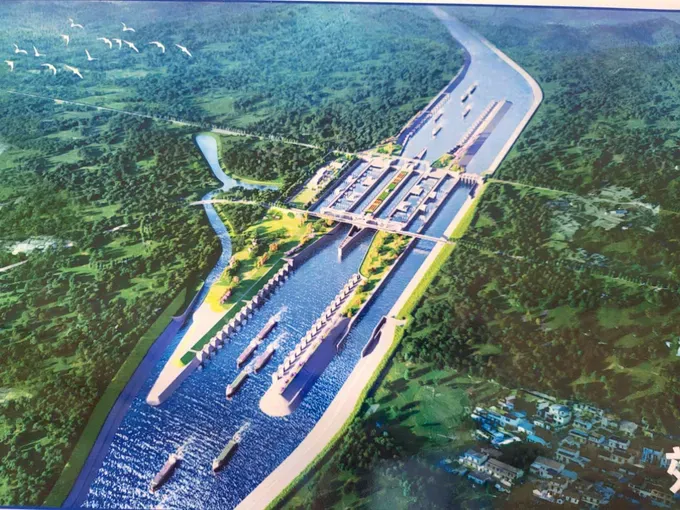
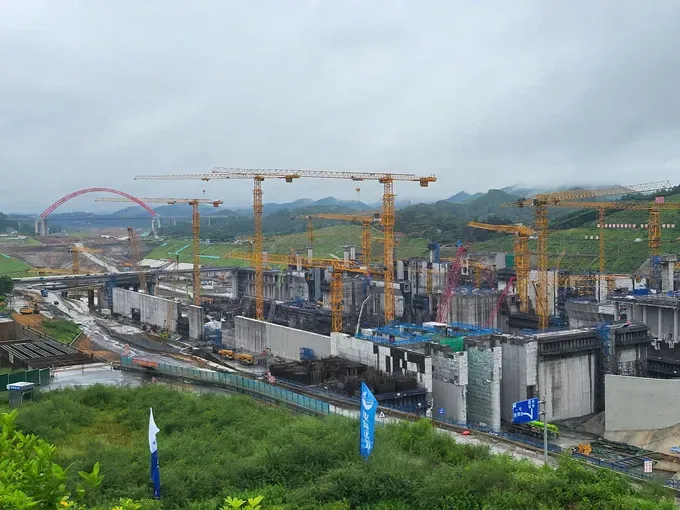
On the infrastructure front, the province is undertaking monumental projects. In 2022, construction began on the 134.2-kilometer-long Pinglu Canal. This massive undertaking will shorten the shipping route for goods by 560km, cutting transit time by a week and saving an estimated RMB5.6 billion (US$779.5 million) annually.
The RMB72.7-billion project ($10.1 billion) is already over 80 percent complete and is slated to open in 2026, accommodating 5,000-tonne vessels. By connecting to the vast Xijiang River system, the canal will become a crucial artery for trade between China and ASEAN nations.
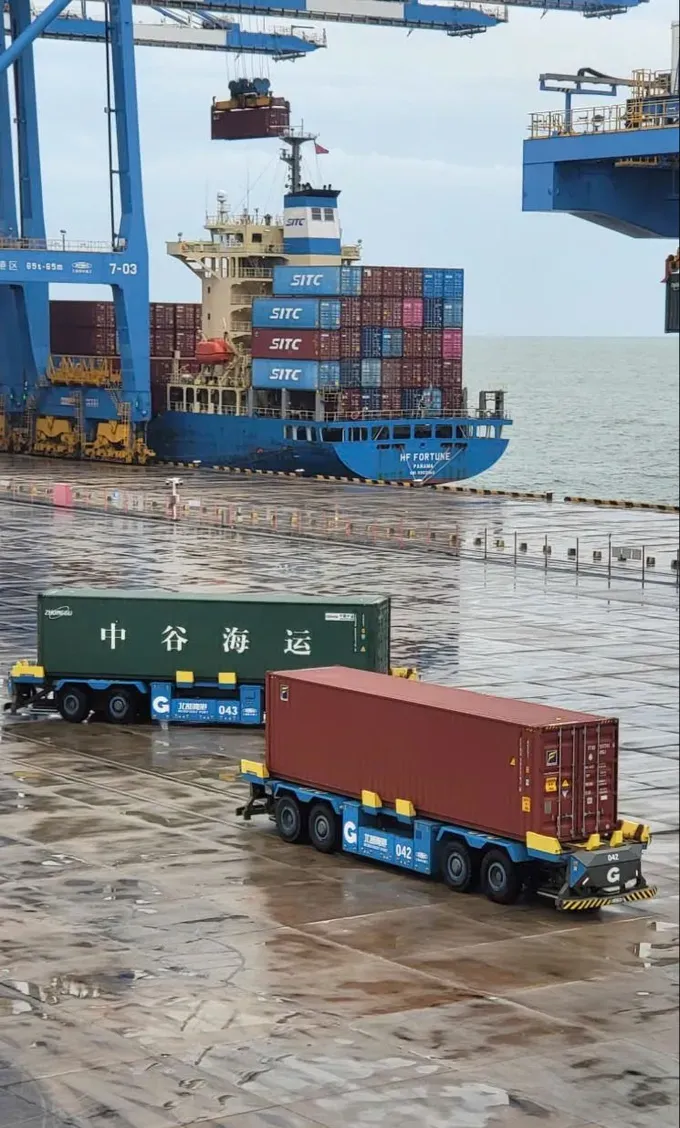
Further bolstering this trade corridor is the newly upgraded Qinzhou automated container port. With four of its ten berths fully automated, the port can now handle massive 200,000-tonne ships. In addition, the port also connects to China’s railway system with a receiving station that has connected to the port’s automated system, helping to diversify the modes of transporting goods through here.
The most stunning feature is the fleet of driverless trucks that silently transport containers from ship to shore and onward to rail or inland vessels. According to port officials, this fully automated system (from unloading on the ship to the yard and transferring to inland waterway ships or trains) has dramatically improved efficiency, reduced manpower, and enhanced safety, all under the watchful eye of 3,000 AI-powered surveillance cameras.
From the green urbanism of Nanning and the forward-thinking AI Center to the colossal Pinglu Canal and the futuristic Qinzhou port, these projects are a powerful testament to the vision and vitality of Guangxi. Amidst the bustling flow of global economic integration, Guangxi stands as a powerful example of sustainable development – a model of growth that doesn’t sacrifice the environment.
According to Vietnam's Consul General in Nanning Nguyen Thi Huong, AI has permeated every corner of life in Guangxi. She noted that Secretary Chen Gang of the Guangxi Province Party Committee has even required every party cadre to download and use at least five different AI applications.
